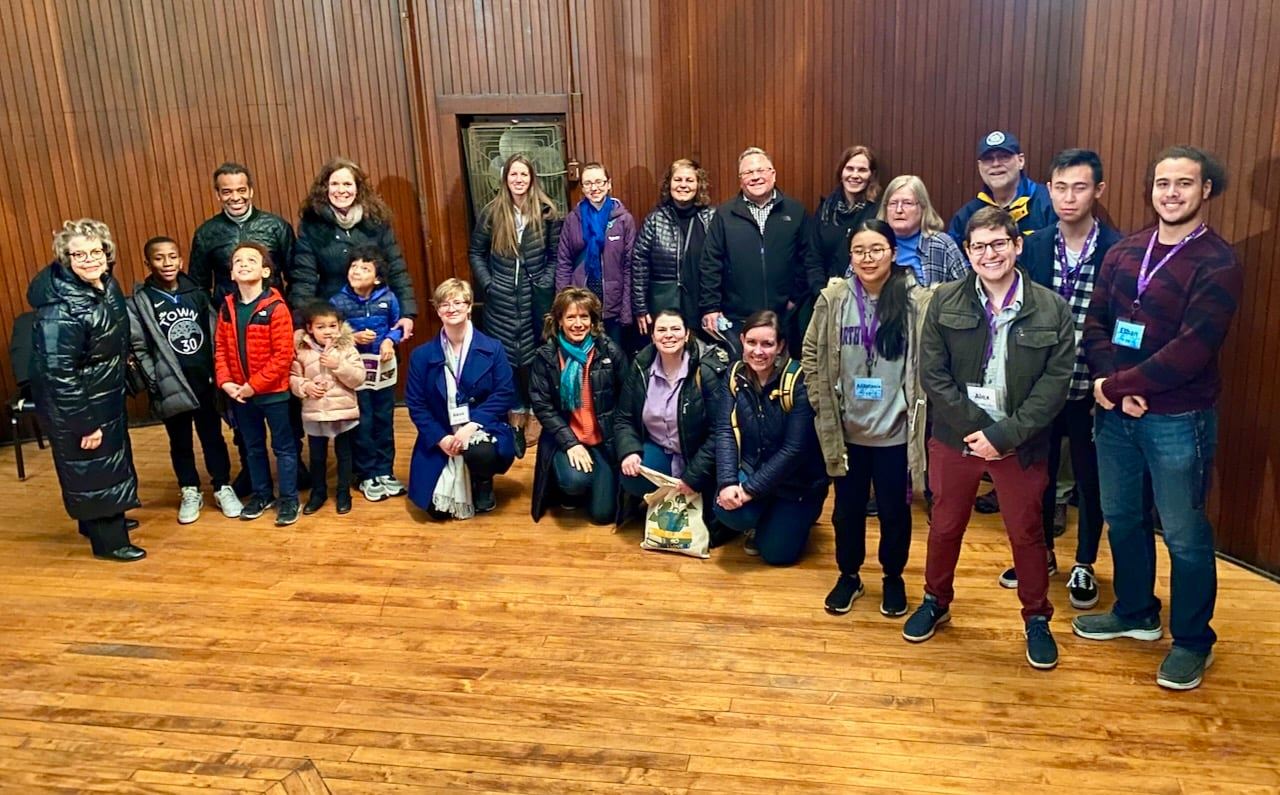Dearborn Observatory Reopens to Public
April 7, 2022

*text taken from the Daily Northwestern article written by Jacob Wendler.
The Dearborn Observatory reopened to the public last Friday night, April 1, after shutting down in March 2020 because of the pandemic and remaining closed throughout this past fall and winter for construction.
According to astronomy and physics Prof. Michael Smutko, observatory director, Dearborn is pursuing a “soft reopening” with public tours available on a reservation-only basis through June.
Students and faculty in the physics and astronomy department often use the observatory, and classes like Astronomy 120: Highlights of Astronomy and Astronomy 321: Observational Astrophysics use the Dearborn telescope for observing sessions.
Beginning this summer, Smutko said the observatory plans to open for walk-in tours, which were held weekly before the pandemic and attracted over 1500 visitors each year.
Undergraduate and graduate students host tours in all weather conditions, although visitors are advised to dress appropriately because the dome does not have heat or air conditioning.
The tour experience includes a brief overview of Dearborn’s history and a chance to look through the observatory’s refracting telescope, which features an 18 1/2-inch lens, which was the largest in the world from 1862 to 1868.
The lens, built in Massachusetts for the University of Mississippi in the early 1860s, was first used by the University of Chicago in 1866 when the Civil War prevented it from being transported to Mississippi. After the original University of Chicago went bankrupt following the Great Chicago Fire of 1871, the telescope landed at NU in 1887, and it was originally housed at the modern-day site of the Technological Institute.
To make room for the Technological Institute, in 1939 the observatory was moved to its current location over the course of three months. The observatory’s current dome was installed in 1997 and refurbished the following year.
In its 135 years at NU, Dearborn has been the site of research on UFOs and continental drift as well as facilitated the discovery of over 100 binary stars and the first white dwarf.
The staff of the Department of Physics and Astronomy were part of the first group to visit the observatory where they observed Orion's nebula and the Beetlejuice supernova.
